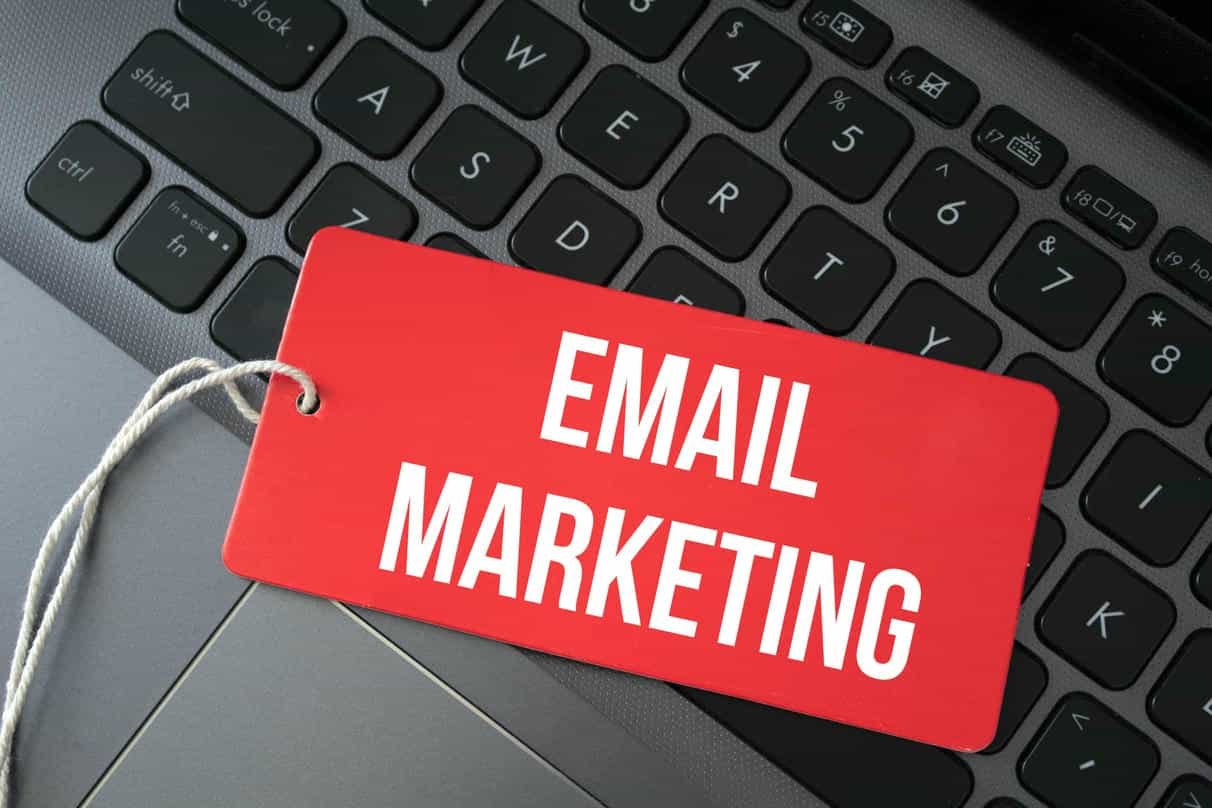Traffic is key to any online store or business. Without it, sales simply will not happen or grow.
Blog posts, social media, infographics, and videos that meet your audience’s needs can bring organic traffic to your site.
Segment your email list based on purchase history and browsing behavior to personalize experiences and improve ecommerce email effectiveness.
This makes each email feel like a personal conversation between your brand and every individual customer in your database.
Optimize for SEO


Organic search traffic is vital for e-commerce growth. Without it, potential customers may never discover your brand or products. SEO experts use targeted keywords on your website to help search engines find and rank your pages effectively. This involves optimizing product pages, meta descriptions, page titles, and using intent-driven keywords to attract your ideal audience. SEO requires constant updates and care. But once pages are optimized, they often rank higher and stay visible longer than others.
Search marketing combines SEO and pay-per-click (PPC) advertising. PPC ads show up when users search certain keywords or phrases. Many experts prefer investing more in SEO. It’s free, long-term, and often delivers better results than paid campaigns alone.
Use social media effectively


Social media marketing is crucial in any e-commerce strategy. It helps you engage, showcase products, and build loyal communities. Businesses can drive traffic and boost sales using visual content, targeted ads, influencer partnerships, and ongoing community engagement. Effective use starts with understanding your audience and platform strengths. Instagram suits product visuals; Twitter works for quick updates. A consistent brand look across platforms helps followers recognize you. This increases trust and encourages repeat engagement from your audience. Customer photos and reviews on social media enhance credibility. They show your commitment and help build social proof organically. Bath & Body Works, for instance, reposts user photos. This motivates others to tag and promote the brand to wider audiences.
Leverage email marketing


Email is powerful. It drives traffic using personalized campaigns while gathering feedback and nurturing leads for your e-commerce brand. Use email to promote products, send reminders, highlight offers, and bring customers back to your online store quickly. For example, promote your new summer dresses by linking to your collection and encouraging users to shop directly. More traffic also means better data on customer habits, sales trends, and smarter marketing decisions that fuel future growth. SEO, social media, and paid ads can all work together. Each brings new users who can become loyal customers. The key is to find a strategy mix that suits your goals, audience preferences, and marketing budget effectively.
Invest in paid ads


There’s also value in investing in paid ads to reach more targeted audiences and drive conversions, but be mindful when setting your budget and considering potential return on investment; paying for clicks that do not lead to customers will ultimately cost your business more than it benefits them.
As with any digital marketing strategy, paid advertising requires patience and persistence. Make sure to conduct A/B testing regularly on campaigns to identify trends and optimize ads accordingly. Monitor comments, feedback, and ad responses from your target audience as this may provide invaluable qualitative insights that will inform your paid ad strategy.
Partner with influencers


Influencer marketing strategies can be powerful tools in driving traffic, increasing conversions and building customer loyalty. To reap maximum benefit from their influencer partnerships, brands must clearly communicate campaign goals and expectations before beginning work with an influencer, then establish an open line of communication through email, direct messages (DMs), project management software or any other form to discuss ongoing needs and progress.
Brands must assess influencer-generated content’s effectiveness by tracking engagement metrics, referral and sales data from influencers to measure its impact on their ecommerce business, optimizing future partnerships and making better decisions. Finally, companies may wish to implement influencer management software that automates communication with influencers and streamlines collaboration efforts, freeing marketers up for other long-term business initiatives.
Create engaging content


ThirdLove, a women’s clothing company, creates informative content regarding bra sizes, fit difficulties and lingerie care to inform customers and build trust in the brand. Lunya, a sleepwear company, uses storytelling as a form of brand building to communicate its culture and values to customers while building brand loyalty and encouraging referrals.
Traffic is essential to online retail success; however, many businesses fail to recognize that traffic alone cannot guarantee sales and brand value maximization. A marketplace must also offer high-quality products with flexible payment options and provide exceptional customer service – as well as provide a user-friendly search function – in order to maximize sales and brand value maximization.
Implement referral programs


Simplify sharing by making it simple for existing customers to share their unique referral link via popular communication platforms, like WhatsApp or Facebook Messenger, increasing the chances that potential customers click it and complete a purchase.
To maximize the success of your referral program, it is vital to track key metrics like new versus returning customers and average order value per referral. Use that data to optimize your strategy accordingly based on what works and doesn’t – for instance if there are too many low-quality referrals (ie one-time buyers without purchase history), that could indicate you need to adjust rewards or explore alternative promotion channels to reach new potential customers.